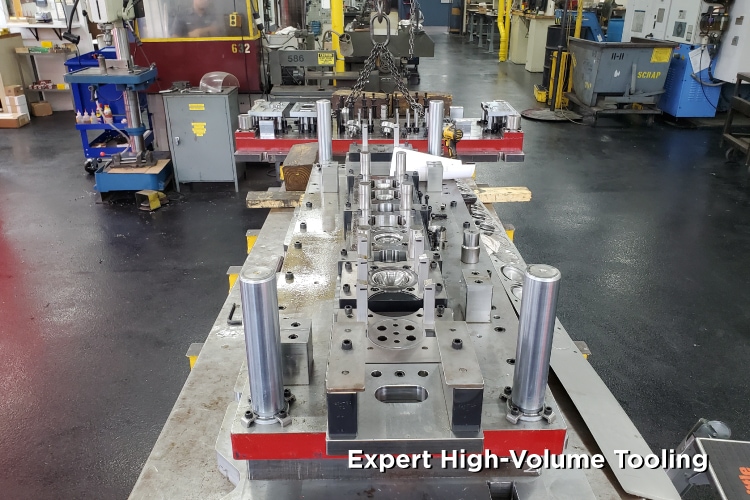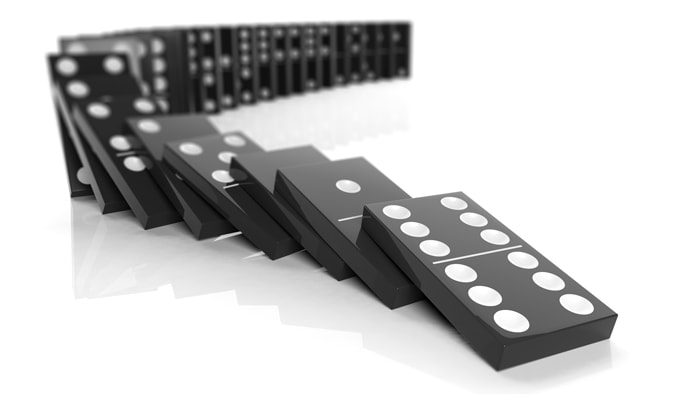-
Larson Tool Makes a Major Investment in the Future of Tool-Building
Using Lean Principles to Create Efficiencies that Benefit Metal Stamping Customers Our customers come to us for high-quality metal stamped parts—and our reputation for deep draw stamping precedes us. Well-built tooling lays the foundation for this high quality and is…Read more ›
-
What’s Changed in the Materials Market for Manufacturers
Outlook for the Future from a Precision Metal Stamper’s View When I last wrote, we were experiencing much uncertainty in the industry: steel price increases, supply chain delays, workforce and transportation challenges, among the many factors we’ve been juggling these…Read more ›
-
The Current State of Materials in Manufacturing
How Transportation, Labor, and Economics Play a Role in the Supply Chain Predicament The increase in materials pricing and supply chain interruption continues to impact virtually every sector of the economy—from consumer goods, such as furniture and cars, to raw…Read more ›
-
Moving Manufacturing Back to America
Factors for Deciding to Reshore, and Ways to Make It Easier There has been increased talk about the risks of doing business with China, and the recent pandemic has shown a spotlight on the need for less dependence on supply…Read more ›
-
How to Get More for Less Out of Your Deep Draw Metal Stamping
The Deep Draw Distinction in Metal Stamping: Cutting Weight = Cutting Costs Who doesn’t want to save money and improve efficiency with their production costs? No product designer, manager, engineer, or C-Suite exec we’ve ever met. How about you? And…Read more ›
-
Workforce Development Initiatives in the Metalforming Industry
PMA’s METALFORM EDU Provides Training and Education Towards Career Advancement The good news: the manufacturing industry is robust, and the outlook remains positive. Troubling news: many U.S. manufacturers are dealing with a sizable skills gap (which we recently wrote about).…Read more ›







